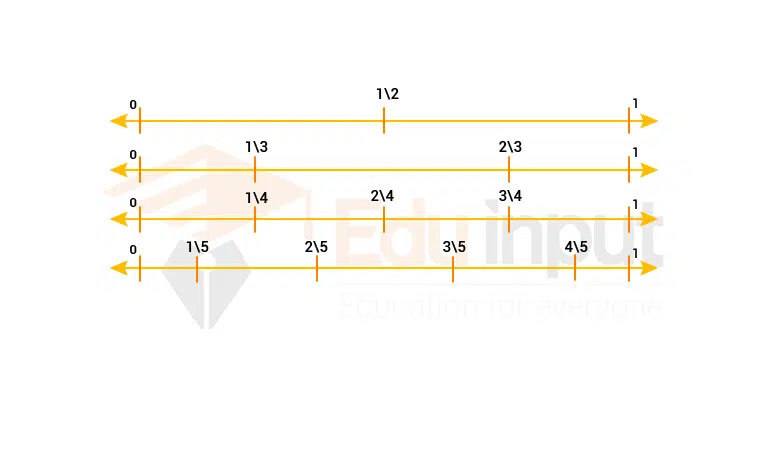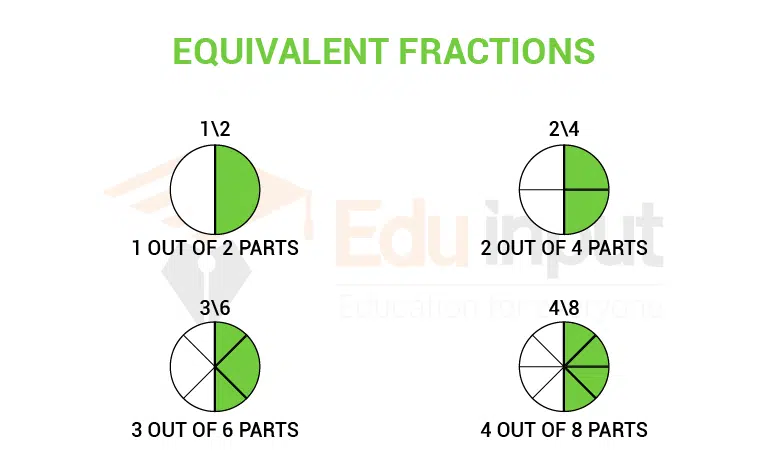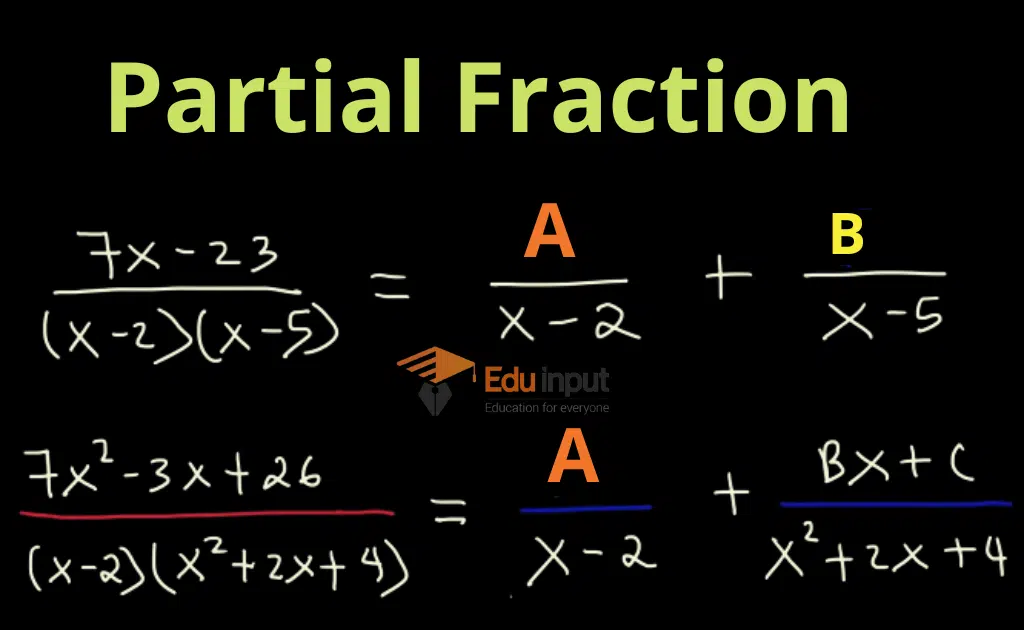Linear Partial Fractions
Linear Partial fractions are a technique used to integrate rational functions by splitting the fraction into simpler fractions. Partial fractions can be used to integrate rational functions of any degree, but they are particularly useful for integrating rational functions with linear and quadratic factors in the denominator.
Proper and Improper Fractions
There are two types of partial fractions.
- Proper fractions
- Improper fractions
A proper fraction has a numerator of lower degree than the denominator.
For example, 3/(x+1)
An improper fraction has a numerator of equal or higher degree than the denominator.
For example, (x+1)/(x+1) or (x+2)/(x+1)
Rules for Splitting into Partial Fractions
- Factor the denominator completely into linear and/or quadratic factors
- Decompose the rational function into fractions with numerators of 1 and denominators matching the factors
- For repeated linear factors: use a constant numerator plus a numerator with a power matching the number of times the factor repeats
- For distinct linear factors: use constants for the numerators
- For irreducible quadratic factors: use a linear numerator of the form Ax + B
Example
Decompose 3x/(x-1)(x+2) into partial fractions
The denominator factors as (x-1)(x+2). Using the rules above, we get:
3x/(x-1)(x+2) = A/(x-1) + B/(x+2)
Solving for A and B gives:
A = 1, B = 2
Therefore, the partial fraction decomposition is:
3x/(x-1)(x+2) = 1/(x-1) + 2/(x+2)
Integrate,
=∫ 1/(x-1) dx + ∫ 2/(x+2) dx
∫ 3x/(x-1)(x+2) dx = ln|x-1| + 2ln|x+2| + C
Therefore, decomposition into partial fractions allows easier integration of the rational function.
FAQs
What if the denominator does not factor into linear terms?
If the denominator has an irreducible quadratic factor, use a partial fraction with a numerator of Ax + B.
What if there is a repeated irreducible quadratic factor?
Use partial fractions with numerators of Ax + B and Cx + D
How do you determine the constants A, B, C, D?
Equate coefficients of like powers and terms after multiplying both sides by the denominator.







Leave a Reply